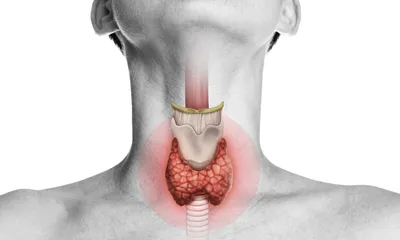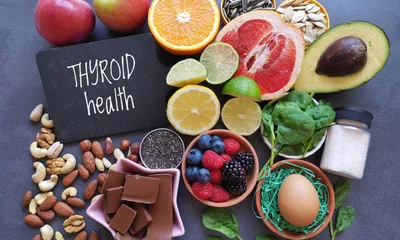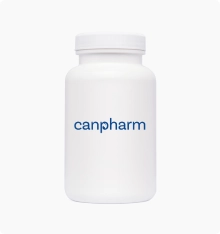Acne
-
Description
-
Signs & Symptoms
-
Anatomy
-
Cause
-
Diagnosis
What is Acne?
Acne is a skin condition where the pores of skin become clogged with dead skin cells and sebum (skin oil) resulting in pimples, blackheads, and whiteheads. Bacteria in the pores can worsen these growths, and they may fill with pus and be very visible on the face of sufferers. Acne may also occur on the back and shoulders, and it is more common in young people because of the overactive sebaceous glands they have at this time of their life.
There are four different types of acne – nodular acne, fungal acne, cystic acne, and hormonal acne.
What Causes Acne?
Acne is the result of inflammation occurring in the skin when pores and hair follicles become blocked with excess sebum, bacteria, or dead skin. The substances that build up inside the clogged pore are what cause the pimples (pustules) that are the primary symptom of acne. The inflammation causes redness and swelling of the skin. Some people will have a natural propensity for acne based on their age or genetics, but triggers can also be behind what causes acne.
These can include frequent wearing of headwear, exposure to air pollution, workplace conditions, and weather conditions like high humidity. Other possible triggers are using oily or greasy personal skincare products, stress causing excessive cortisol production, or it can also be a side effect from the use of certain medications. Dietary choices can be a factor too, with skim milk, whey protein, and foods that are high in sugar increasing the likelihood a person develops acne.
Acne Symptoms
The appearance of abnormal skin surfacing and texture with pimples, papules, blackheads, and whiteheads is what is most seen with acne symptoms. Pimples are pus-filled bumps on the skin, and papules are small, discolored bumps that will become darker and reddened. Blackheads and blocked pores with a black top to them, while whiteheads are the same but with a white top.
Severe acne may present different acne symptoms, including nodules or cysts. Nodules are large lumps under the skin that can be quite painful, and cysts are painful pus-filled lumps under the skin that are very visibly raised and can be very sensitive or even painful too.
Acne Treatment
The most conventional approach to acne treatment is to use an OTC acne cream that users will put directly onto the pimples, papules, blackheads, or whiteheads and then allowing it to remain there overnight. This will be done while also washing the face regularly with an astringent cleaner to rid the skin of excess oil (sebum) and this is usually done twice a day for acne sufferers.
If these products and treatment do not reduce acne sufficiently then the person may be advised to start using a prescription acne treatment medication like Differin or Benzaclin. Both are powerful retinoids that slow skin cell overgrowth and decrease skin cell inflammation for acne reduction. It may also be advisable to make dietary changes so that acne sufferers are avoiding foods that promote increased sebum production.
Signs & Symptoms
- Whiteheads
- Blackheads
- Papules
- Pustules
- Nodules
- Cystic lesions
- Redness around breakouts
- Swelling and inflammation
- Scarring
Anatomy
- Hair follicles
- Sebaceous glands
- Skin pores
- Facial skin
- Back
- Chest
- Shoulders
Cause
- Excess oil production
- Hair follicles clogged by oil and dead skin cells
- Bacteria
- Hormonal changes
- Certain medications
- Diet
- Stress
Diagnosis
- Physical examination
- Medical history
- Skin swabs for bacteria
- Blood tests for hormonal levels



